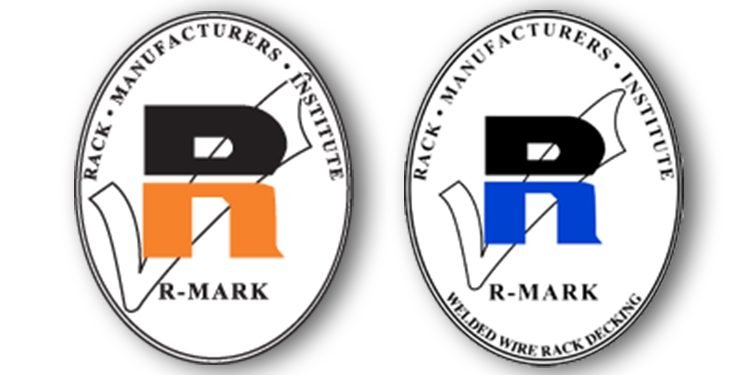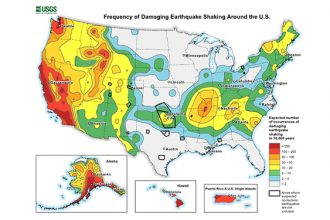Why Was The R-Mark Created?

As a voluntary program for manufacturers of industrial steel storage racks and of welded wire rack decking, RMI’s R-Mark Certification helps to assure storage rack users that they have selected a product designed, engineered and made by a reputable supplier. But why was such verification necessary in the first place?
The idea for a certification came from RMI member companies in 1999, around the same time that RMI’s ANSI MH16.1-2012: Specification for the Design, Testing and Utilization of Industrial Steel Storage Racks was first incorporated into the International Building Code (IBC) as the standard for the safe design and installation of steel storage racks. Prior to that, there were other rack design standards in the marketplace— it was difficult for potential rack buyers to determine which standard a given manufacturer followed. Therefore, RMI members created the R-Mark Certification program (although membership in the association is not a requirement for earning an R-Mark license).
To attain an R-Mark license, two independent, USA registered professional engineers—with experience and expertise in the design and application of racking systems—conduct a rigorous analysis of an applicant manufacturer’s design process. This includes verification that the testing, calculations and resulting component (rack frame, beam and decking) capacities shown in a unique design’s load table were performed in a manner consistent with the RMI/ANSI MH16.1-2012: Specification.
So the next time you see an R-Mark on an industrial steel storage rack or piece of welded wire rack decking, you can be confident that the manufacturer of those components and systems has the technical and manufacturing skills—as well as the ability—to produce products that meet RMI codes and standards.
There is a caveat, however, in that simply seeing an R-Mark applied to a component does not mean the system is safe. Rack owners must still have a qualified engineer review each application to ensure that the system design and components meet the requirements for the specific use and job site.
That’s because every rack installation is different. Load types and component structures can be constructed in a multitude of combinations. Seismic codes may or may not apply in a given location. State and local building requirements can vary from one zip code to the next. Or, a rack engineered and intended for one use might be misapplied or erroneously configured within another installation.
Ultimately, however, an R-Mark serves as an acknowledgement that the rack or decking manufacturer has the engineering skills and the manufacturing ability to produce products that meet the RMI/ANSI MH16.1-2012: Specification, and—if the project is completed under engineering supervision and the codes are properly applied—system purchasers have a high degree of assurance that their final installation will be both code-compliant and safe.
Is your industrial steel storage rack or welded wire rack decking made by an R-Mark Certified manufacturer? Find a complete listing of R-Mark certified companies here.


